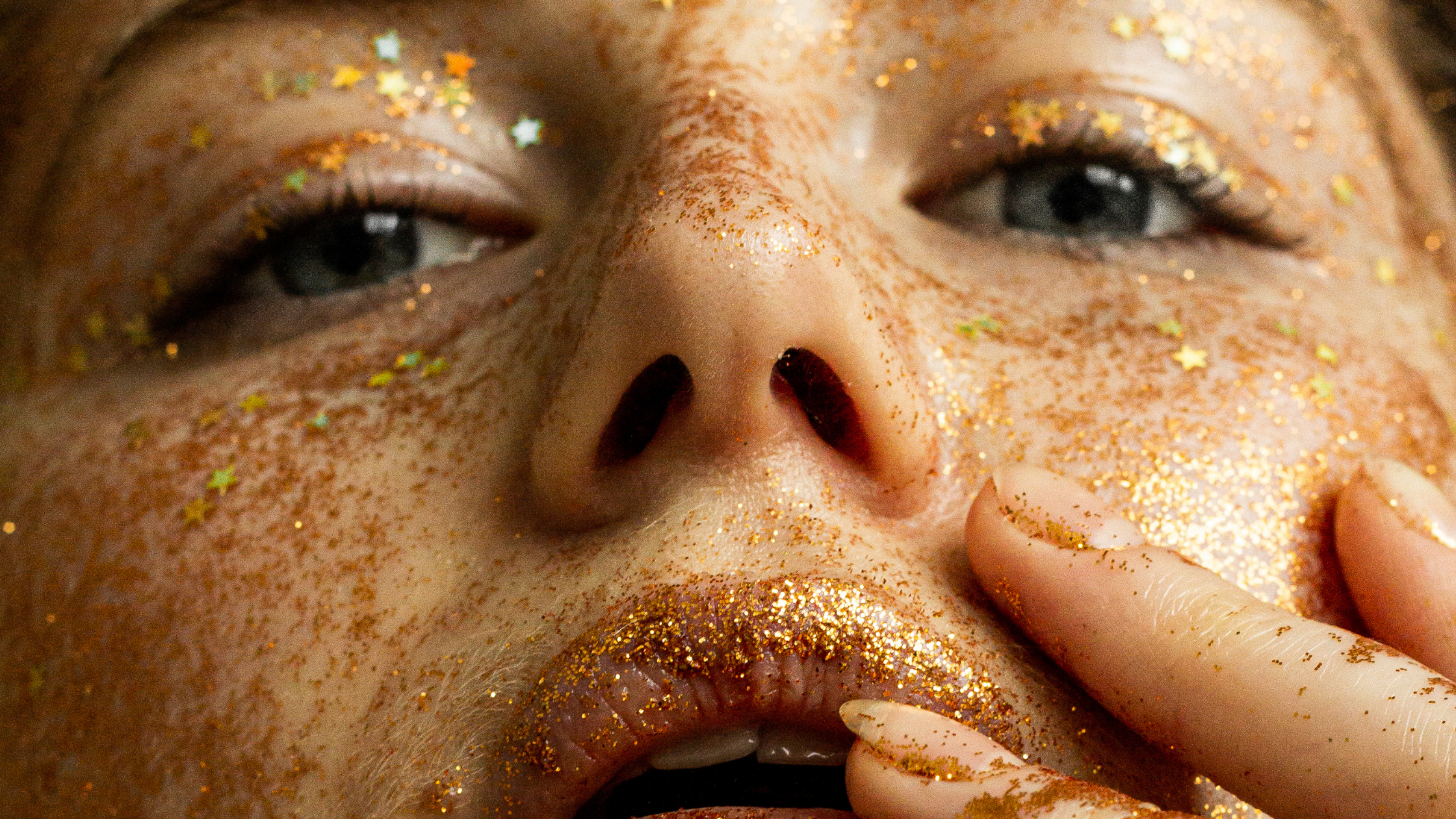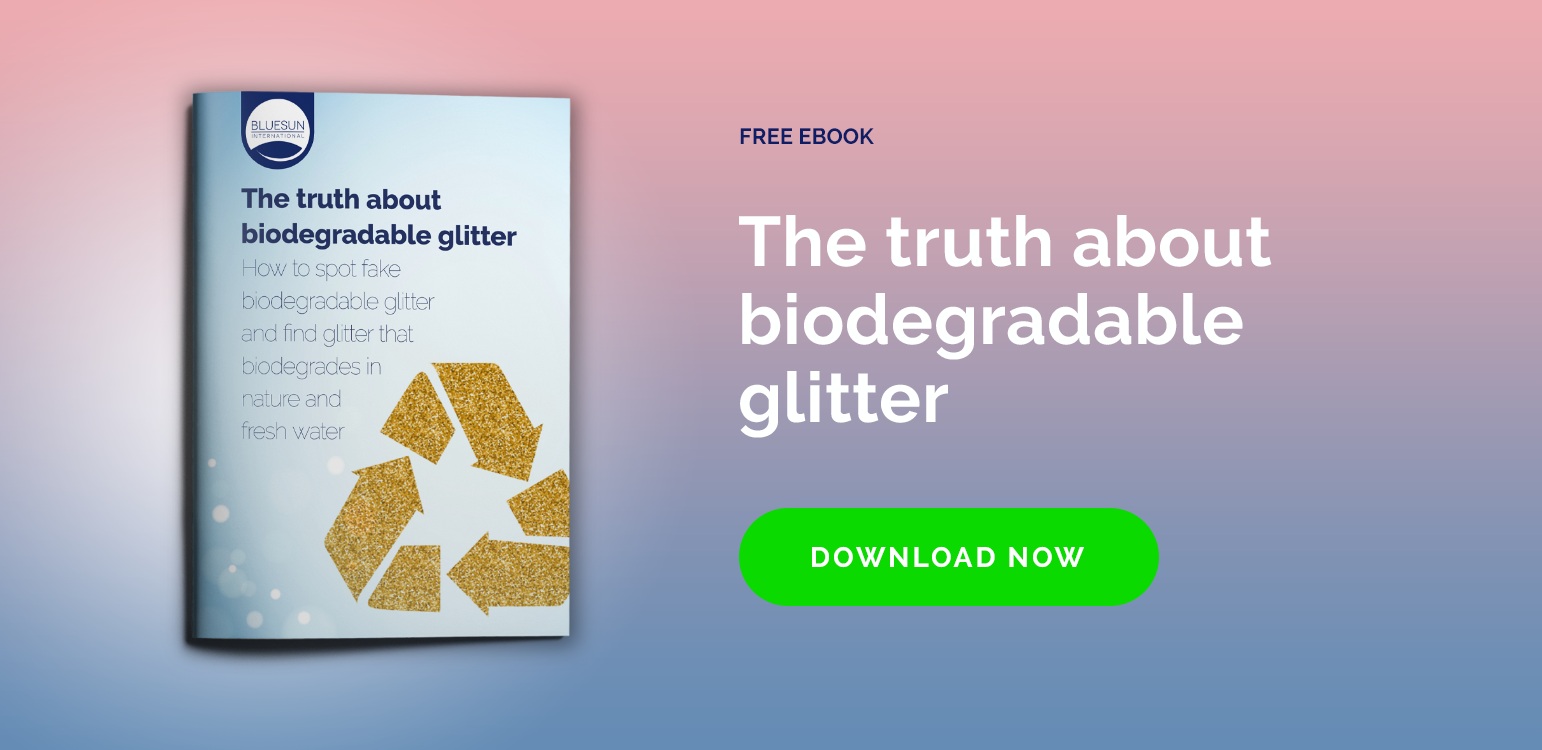The creation of awareness about the importance of recycling and the use of biodegradable materials is increasing every day. We can find products that claim to be non-toxic such as PLA Plastic. It is important to know how to differentiate between items that are degraded in nature and those that do not.
What is PLA?
The acronym stands for Polylactic acid, a thermoplastic aliphatic polyester. Derived from renewable resources that contain starch, after going through an extensive process. It is often used in food handling and medical implants.
Since its name (polylactic acid) does not comply with the standard nomenclature of the IUPAC, due it is not a polyacid, is categorized as a polyester.
Is PLA Plastic Biodegradable?
Polyesters are plastic, like every Plastic item it takes between 3 to 5 years to degrade. When this material starts to decompose its polymers and ink contaminate the soil and water sources. Turning it into a danger to the environment.
If we think of a way to make PLA plastic Biodegradable, we can make it happen by decomposing it in a controlled environment. And this process can take more than 3 months to happen. Sadly, this separation process is not ensured, and most of it ends in the oceans or a landfill where it takes between 100 to 1000 years to finally decompose.
In its solid form, it is not toxic. But like most plastics, it is highly toxic as a vapor or liquid, if inhaled or absorbed through the skin or eyes. That is why every product with this material on it has a disclaimer about handling and following the instructions.
What you need to know about PLA glitter
PLA glitter is a material everybody is exposed to due to its use in many products. From toys, arts and crafts, kitchen items, to make up. It is not eco-friendly or human-friendly.
-
Contains metal, highly toxic in contact with the skin, face, lips, eyes.
-
Could harm the cornea when in contact with the eyes.
-
As microplastic, Is impossible to remove from the environment.
-
Most of it ends polluting the environment because its degrading process is elaborate.
Every day people are paying more attention to product composition and choosing the certified biodegradable ones. Opting for more bio-friendly items.
Does a biodegradable glitter exist?
As incredible it could seem, there is already a plastic-free glitter in the market. It is best known as Bioglitter, developed to tackle the microplastic pollution that was created by regular glitter.
Bioglitter replaces the polyester film used in popular regular glitter, with one made from cellulose primarily from eucalyptus, sourced from certified plantations. The most important fact is that it biodegrades in water and has an OK Biodegradable WATER certification by TÜV to demonstrate it.
Blue Sun is the only company certified by Bioglitter to sell this eco-friendly, non-toxic, biodegradable glitter in wholesale.
Is polyester glitter safe for the eyes?
The answer is no. It is known that any unusual body in contact with the eyes will cause discomfort, irritation, pain, and possible complications that can lead to blindness. Of course, these consequences increase with the use of materials that also contain metals, colorants, plastics, and that do not dissolve easily or naturally.
So a glitter that is free of chemicals, along with a good application and handling of it, will help prevent damage. Knowing how to differentiate a good biodegradable glitter from a plastic and toxic one is crucial. Apart from the certifications that show that they do not have metals, are naturally degradable and plastic-free, knowing the ingredients that compose them is also a good guide.
The ingredients used in Bioglitter products are plant-derived materials that achieve eco-credentials that any other glitter product in the industry has achieved before.




